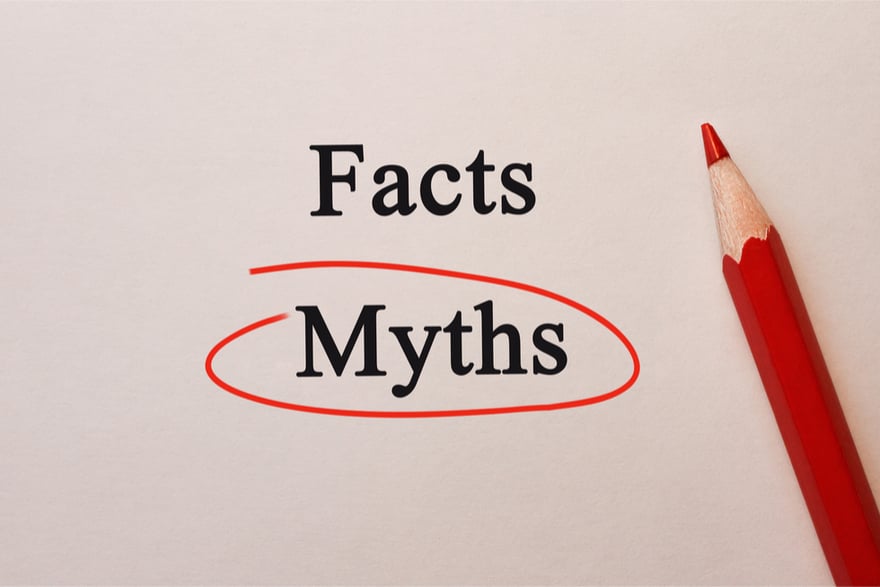If you’re starting out selling on Amazon or thinking about making the switch to auto-pricing, you might be wondering if repricing software is worth it (hint: it almost always is). But if you’ve heard a few things that make you say, ‘Nope, not for me’, then RepricerExpress is here to debunk those Amazon repricing myths.
Myth 1: You’ll Lose Money With Repricing
One of the most common myths about repricing software is that it reduces your prices to make them more competitive. But if you’ve ever put an item into your Amazon basket and come back to it a few days later, you might have noticed the price went up instead of down.
That’s because repricers are used to both raise and lower the product’s price, depending on the environment. If there’s more demand for an item, you can set your repricer to increase the price; conversely, you’d set it to decrease if there’s more supply to drive excitement.
Myth 2: Repricers Mean a Race to the Bottom
There will always be items that go down to a penny on Amazon because sellers: a) are aggressively trying to get rid of something, b) are trying to drive up excitement by using a loss leader, or c) poorly understand how to use a repricer strategically.
When you configure the rules or algorithm of your repricer, you set a min price — this means no matter what your competitors are doing, your product’s price will never fall below a preset amount.
And in case that’s still not enough assurance, Amazon’s put in their own safeguard to protect against pricing errors so you don’t accidentally sell something for ridiculously cheap.
Related: How to Reprice Upwards on Amazon FBA
Myth 3: You Don’t Sell Enough to Make a Repricer Worth It
If you sell under 10 items a month, then a repricer might not make sense for you. But even if you have a small inventory, using a repricer smartly can pay off at the end.
There’s the obvious, where you use a repricer to maximise your profit margin so you don’t have to pay attention to the details and can make money strategically in other areas.
And there’s also the automation aspect that protects against human error. When you manually reprice, you’re putting yourself at risk of an error every single time. But when you let a repricer do the work for you, you’re greatly reducing the margin of error.
Myth 4: Your Prices Can Stay the Same for Long Enough
There are some sellers who just don’t want to be bothered with making as money as they could. And that’s cool for them. But for those who care, a repricer can help squeeze every bit of money from each sale — add that up over time and you really notice it.
If you’re thinking you’ve probably got a good handle on it, you’re probably wrong. Repricers can pick up on market changes when you’re not there, which is when you’re sleeping, on vacation, cooking, in the bathroom, running errands, and doing whatever life things take you away from work.
Myth 5: You Can’t Fine Tune Changes With a Repricer
In the beginning, we briefly touched on setting a min value, which implies you can set a max value, too. But there’s so much more to repricing than that. There’s a huge range in between where you can set finer controls to make it work for you, whether you choose to go with a rules-based or algorithmic repricer.
Related: Setting Your Min and Max Prices in RepricerExpress
Final Thoughts
These are some of the most common repricing myths on Amazon we’ve come across that we wanted to debunk. Hopefully, it’s swayed your position and you’ll give yourself an early Christmas gift of repricing software. When you’re ready to do that, check out all the awesome stuff we’ve got going on at RepricerExpress. As a bonus, you’ll start off with the first 15 days totally free when you sign up now. Go get ‘em, champ!






